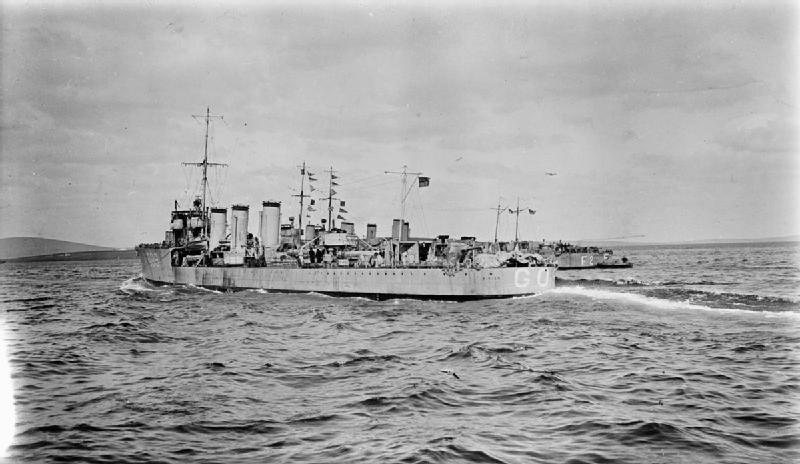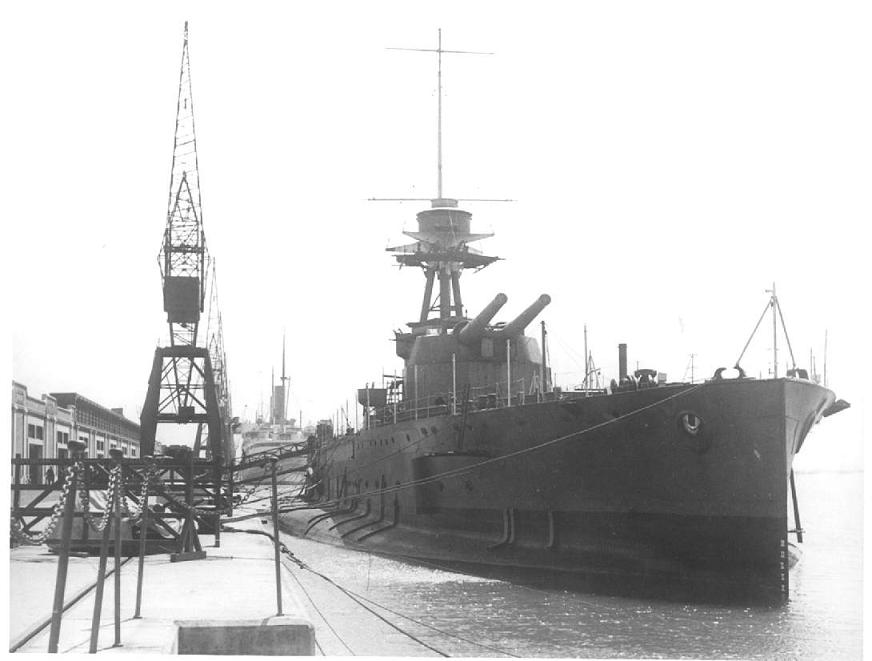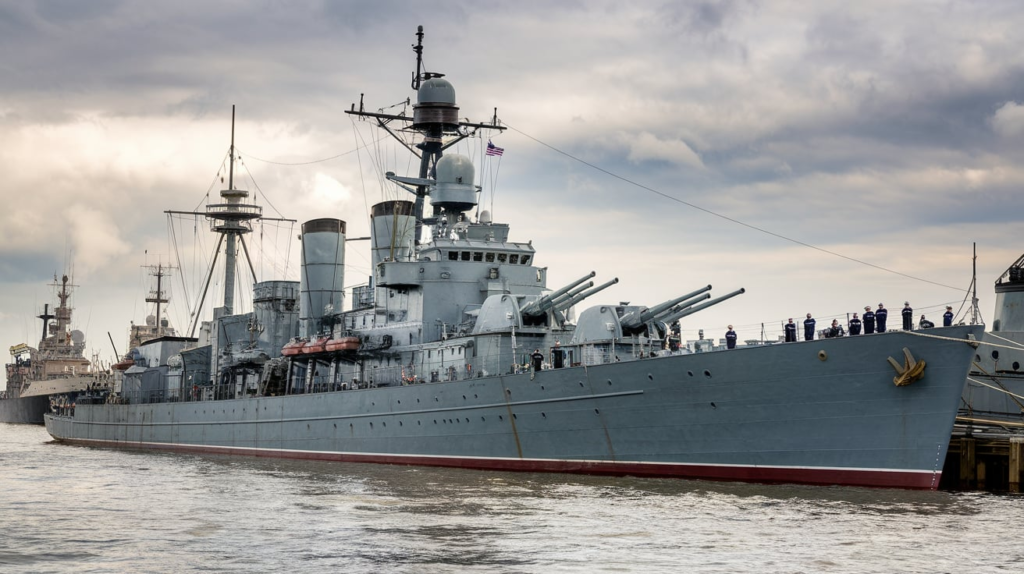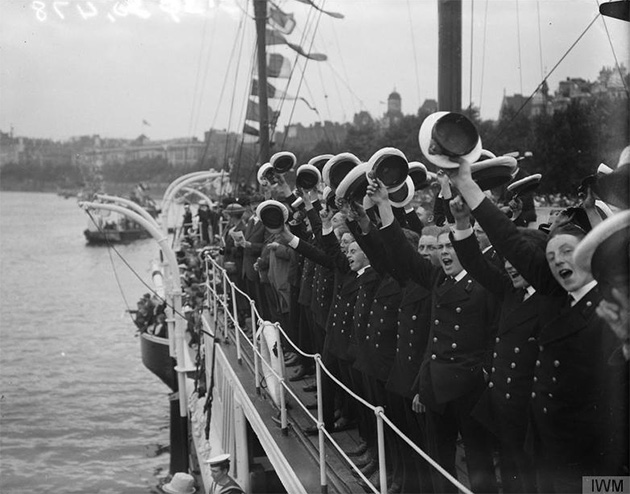
Beneath the surface of naval history lies a treasure trove of untold stories—forgotten heroes and ships that sailed bravely through the stormy waters of war. One such vessel is the Hawthorn M Class HMS Mentor Mansfield AWM99V, a name that may not be familiar to many but is steeped in history, valor, and deep connections to local communities. This remarkable ship was more than just a machine of war—it was a symbol of resilience, courage, and the strong bond between the sailors who served aboard her and the town of Mansfield, which proudly supported her through one of the most tumultuous periods in modern history.
So, what is the story behind Hawthorn M Class HMS Mentor Mansfield AWM99V? To truly appreciate its significance, we must delve into the origins of this naval giant, understand the importance of the Hawthorn M Class destroyers, and explore how a single ship became a legend in its own right.
The Dawn of the Hawthorn M Class: A Naval Revolution

At the dawn of the 20th century, the world was rapidly changing. Nations were arming themselves for what would become the most devastating conflict in history—World War I. As tensions mounted, the Royal Navy, considered one of the most powerful naval forces in the world, was preparing for the inevitable. The seas had become a battlefield, and the need for faster, more versatile ships was greater than ever.
Enter the Hawthorn M Class, a new breed of destroyers designed to meet the demands of modern naval warfare. Built by Hawthorn Leslie and Company, a prominent British shipbuilder known for its expertise in constructing warships, these vessels were designed to be fast, powerful, and capable of handling the latest threats, including submarines, mines, and torpedoes. They were not the massive battleships that often take center stage in history books but rather the nimble and quick-footed guardians of the fleet, tasked with protecting larger ships and intercepting enemy vessels.
Among the Hawthorn M Class ships was the HMS Mentor, a vessel destined for greatness. Launched in 1914, HMS Mentor was a state-of-the-art destroyer equipped with the most advanced technology of the time. She carried four 4-inch guns, two 21-inch torpedo tubes, and was capable of reaching speeds of up to 35 knots, making her one of the fastest ships in the Royal Navy’s fleet. This combination of speed and firepower allowed HMS Mentor to carry out high-risk missions, protect larger ships, and engage enemy submarines in the dangerous waters of the North Sea.
HMS Mentor’s Role in World War I: A Ship Steeled by Battle

As World War I erupted, HMS Mentor was quickly deployed to the North Sea, where some of the most critical naval battles of the war would take place. The Hawthorn M Class HMS Mentor Mansfield AWM99V played a pivotal role in these operations, guarding the British fleet and launching daring attacks against enemy submarines. In the brutal and unforgiving conditions of the North Sea, the HMS Mentor became a symbol of determination and courage.
Her most famous moment came during the Battle of Jutland, fought in May and June of 1916. This battle, the largest naval engagement of the war, was a clash of titans—the British Royal Navy versus the Imperial German Navy. While the battle itself is remembered for the heavy losses sustained by both sides, the contribution of destroyers like HMS Mentor was crucial to the outcome. Mentor and her fellow Hawthorn M Class ships were tasked with engaging enemy torpedoes and submarines, ensuring that larger British battleships could focus on engaging the enemy fleet.
The Battle of Jutland was one of the most dangerous missions HMS Mentor ever faced. In the dead of night, surrounded by chaos, Mentor and her crew navigated through treacherous waters, evading enemy fire and launching torpedoes at German battleships. It was a test of skill, endurance, and bravery. For the men aboard Mentor, every second was a fight for survival, but they remained resolute, knowing the fate of the British fleet lay in their hands.
Though the Battle of Jutland ended without a clear victor, HMS Mentor emerged from the battle with her reputation cemented. She had played a critical role in protecting the fleet and ensuring that British forces maintained control of the North Sea—a vital lifeline for the war effort.
Mansfield AWM99V: The Human Connection to HMS Mentor

What sets Hawthorn M Class HMS Mentor Mansfield AWM99V apart from many other ships of the era is her deep connection to the town of Mansfield, a small market town in Nottinghamshire, England. During World War I, the British government encouraged communities to “adopt” ships, creating a sense of pride and solidarity between towns and the sailors who served on these vessels. Mansfield, known for its hardworking and patriotic citizens, was quick to lend its support to HMS Mentor.
The association between HMS Mentor and Mansfield wasn’t just symbolic. Many of the men who served aboard HMS Mentor hailed from the area, forging a close bond between the ship and the town. For the people of Mansfield, HMS Mentor represented their own contribution to the war effort—a way for them to fight alongside the brave men who were risking their lives in the treacherous waters of the North Sea.
The AWM99V designation refers to her archival recognition by the Australian War Memorial (AWM), a testament to the widespread respect HMS Mentor garnered, not only in Britain but across the Commonwealth. Her service is carefully documented and preserved in the AWM archives under AWM99V, ensuring that her contributions, and the sacrifices of her crew, are never forgotten.
A Ship’s Legacy: HMS Mentor Beyond World War I

While the end of World War I marked the conclusion of many battles, it also signaled the end of active service for ships like HMS Mentor. The technological advancements of the war had pushed naval warfare to new heights, and by the early 1920s, HMS Mentor, like many of her peers in the Hawthorn M Class, was rendered obsolete by newer, faster, and more heavily armed ships.
Though her career as a warship was over, the story of the Hawthorn M Class HMS Mentor Mansfield AWM99V did not fade away. After being decommissioned, HMS Mentor was scrapped, but her legacy endured through the people who served on her and the towns that supported her. The people of Mansfield, proud of their connection to the ship, ensured that her story lived on in the town’s collective memory.
At the same time, her archival status under AWM99V in the Australian War Memorial serves as a lasting tribute to her role in one of the most important naval battles of the 20th century. The inclusion of HMS Mentor in the AWM archives ensures that future generations will continue to learn about her contributions to the war effort and the bravery of the sailors who served aboard her.
The Impact of the Hawthorn M Class HMS Mentor Mansfield AWM99V: Courage, Community, and Commitment

The story of the Hawthorn M Class HMS Mentor Mansfield AWM99V is not just a tale of a ship, but a reflection of the courage and commitment of the men who served aboard her. It’s also a testament to the power of community—the people of Mansfield who rallied behind their adopted ship and took pride in supporting the war effort.
From the heat of battle during the Battle of Jutland to the cold, stormy waters of the North Sea, HMS Mentor and her crew faced incredible challenges. But through it all, they remained steadfast, a symbol of Britain’s determination to maintain control of the seas and secure victory in World War I. Their bravery helped turn the tide of history, and though the ship itself is no longer afloat, her legacy lives on in the hearts of those who remember her.
Conclusion: An Unveiled Legend
The tale of Hawthorn M Class HMS Mentor Mansfield AWM99V is a fascinating one, steeped in history, heroism, and community. From her pivotal role in the Battle of Jutland to her connection with the proud town of Mansfield, the HMS Mentor’s story is one that deserves to be told. She wasn’t just a warship—she was a lifeline, a protector, and a symbol of courage in a world that was rapidly changing.
The ship’s inclusion in the Australian War Memorial’s archives ensures that her legacy will continue to inspire future generations. The men who served aboard her, and the communities that supported her, will forever be remembered for their contributions to a time of great upheaval.
In the end, Hawthorn M Class HMS Mentor Mansfield AWM99V stands as more than just a name in a history book—it’s a reminder of the sacrifices made in the pursuit of peace and the enduring strength of the human spirit in the face of adversity.
For more content https://ventshubs.com/





